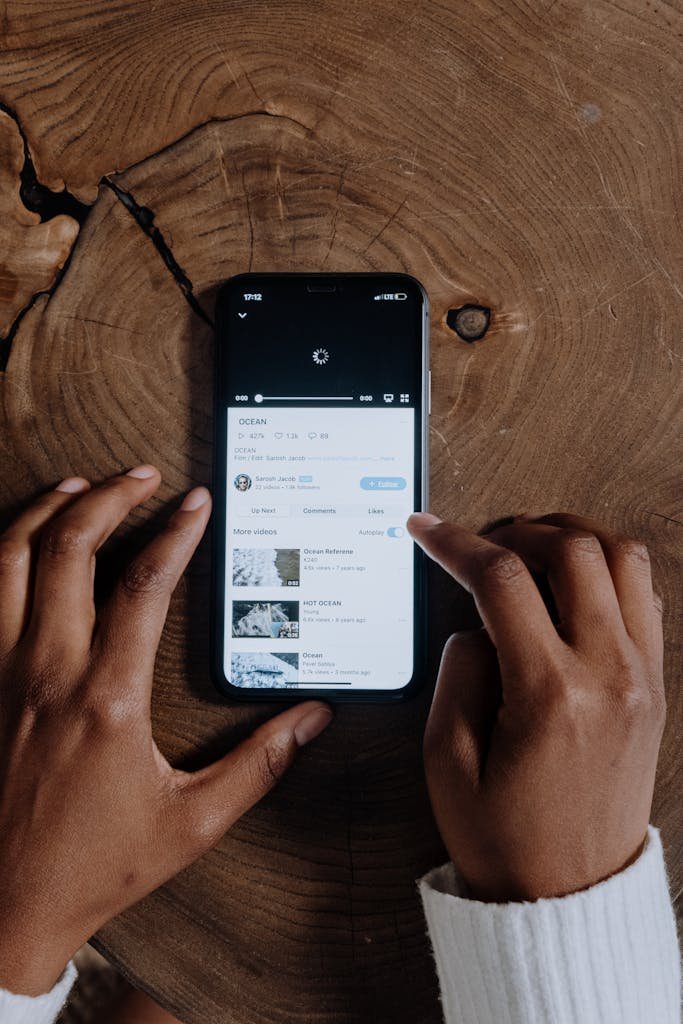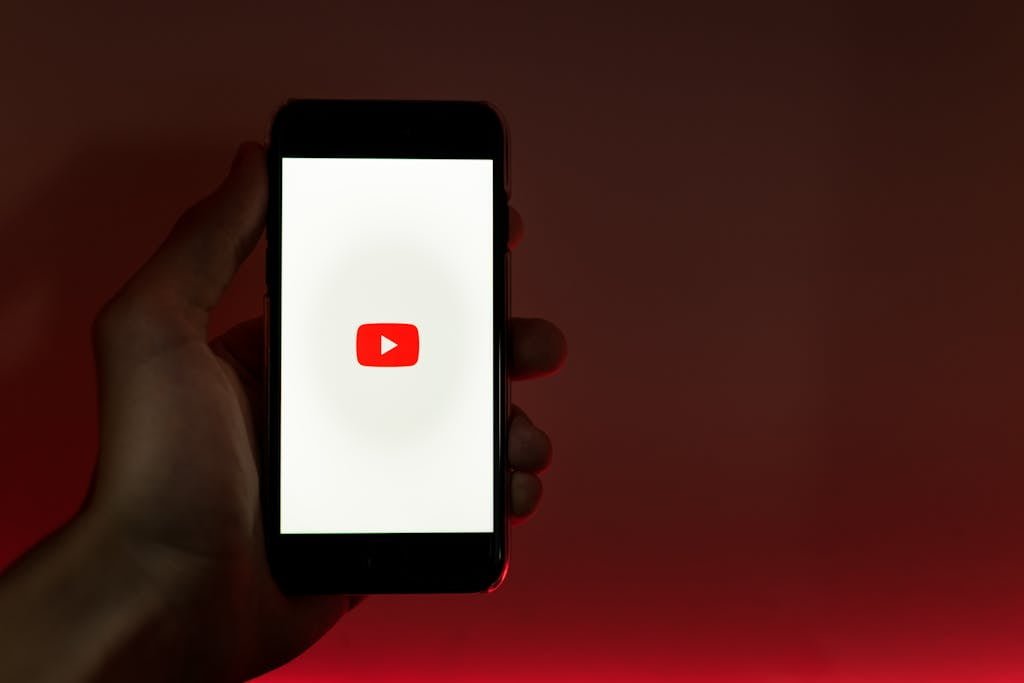In the world of high ticket sales, trust and credibility are paramount.
When potential clients are considering a significant investment, they need reassurance that they are making the right choice. This is where testimonials come into play. Leveraging testimonials effectively can be the key to closing high ticket sales and building a loyal customer base.
In this blog post, we’ll explore how to use testimonials to boost your high ticket sales success.
Table of Contents
ToggleWhy Testimonials Matter
Testimonials are powerful because they provide social proof.
When potential clients see that others have had positive experiences with your product or service, they are more likely to trust you. Here are some reasons why testimonials are crucial:
- Build Trust: Testimonials show that real people have benefited from your offerings.
- Reduce Risk: They help alleviate fears and doubts by showcasing successful outcomes.
- Highlight Value: Testimonials can emphasize the unique value and benefits of your product or service.
- Enhance Credibility: Positive feedback from satisfied customers enhances your brand’s credibility.
Types of Testimonials
Not all testimonials are created equal. Different types of testimonials can serve different purposes. Here are some common types:
- Written Testimonials: These are the most common and can be easily displayed on your website or marketing materials.
- Video Testimonials: Video testimonials are highly engaging and can convey emotions and authenticity more effectively.
- Case Studies: In-depth case studies provide detailed insights into how your product or service solved a specific problem.
- Social Media Mentions: Positive mentions on social media platforms can serve as informal testimonials.
How to Collect Testimonials
Collecting testimonials requires a strategic approach. Here are some tips to help you gather compelling testimonials:
- Ask at the Right Time: Request testimonials when clients are most satisfied, such as after a successful project completion.
- Make it Easy: Provide a simple and convenient way for clients to submit their testimonials, such as an online form.
- Guide Them: Offer prompts or questions to help clients provide specific and detailed feedback.
- Offer Incentives: Consider offering incentives, such as discounts or freebies, in exchange for testimonials.
How to Use Testimonials Effectively
Once you have collected testimonials, it’s essential to use them strategically to maximize their impact. Here are some ways to leverage testimonials effectively:
1. Showcase Testimonials on Your Website
Your website is often the first point of contact for potential clients. Make sure to prominently display testimonials on key pages, such as:
- Homepage: Feature a few standout testimonials to create a positive first impression.
- Product/Service Pages: Include relevant testimonials that highlight the benefits of specific offerings.
- Dedicated Testimonial Page: Create a dedicated page with a collection of all your testimonials.
2. Use Testimonials in Marketing Materials
Incorporate testimonials into your marketing materials to build credibility and trust. Consider using them in:
- Email Campaigns: Include testimonials in your email newsletters and promotional emails.
- Brochures and Flyers: Add testimonials to printed marketing materials to enhance their impact.
- Social Media Posts: Share testimonials on your social media platforms to reach a broader audience.
3. Leverage Video Testimonials
Video testimonials are highly engaging and can significantly impact potential clients. Here’s how to make the most of them:
- Professional Quality: Ensure that video testimonials are of high quality, with good lighting and clear audio.
- Authenticity: Encourage clients to speak naturally and share their genuine experiences.
- Short and Sweet: Keep video testimonials concise and to the point, ideally under two minutes.
4. Highlight Testimonials in Sales Presentations
When pitching to potential clients, incorporate testimonials into your sales presentations. This can help build trust and credibility during the decision-making process. Consider:
- Relevant Testimonials: Use testimonials that are directly related to the client’s industry or needs.
- Visuals: Include visuals, such as photos or videos, to make the testimonials more engaging.
Examples of Effective Testimonials
To illustrate the power of testimonials, let’s look at some examples:
Written Testimonial Example
“Working with [Your Company] was a game-changer for our business. Their expertise and dedication helped us achieve a 50% increase in sales within just three months. We couldn’t be happier with the results!” – Jane Doe, CEO of XYZ Corp.
Video Testimonial Example
In a video testimonial, a satisfied client might say: “I was initially hesitant to invest in [Your Product/Service], but it turned out to be the best decision I ever made. The results were beyond my expectations, and the support from the team was exceptional.”
Statistics on the Impact of Testimonials
To further emphasize the importance of testimonials, here are some compelling statistics:
- 92% of consumers: Read online reviews and testimonials when considering a purchase (Source: BigCommerce).
- 72% of customers: Say positive testimonials and reviews increase their trust in a business (Source: BrightLocal).
- 88% of people: Trust online reviews written by other consumers as much as they trust recommendations from personal contacts (Source: BrightLocal).
Comparison Table: Written vs. Video Testimonials
| Aspect | Written Testimonials | Video Testimonials |
|---|---|---|
| Engagement | Moderate | High |
| Authenticity | Moderate | High |
| Ease of Creation | Easy | Moderate |
| Impact | Moderate | High |
FAQ: Leveraging Testimonials for High Ticket Sales
Q: How do I ask for a testimonial without sounding pushy?
A: Timing is key. Ask for a testimonial when your client is most satisfied, such as after a successful project completion. Be polite and explain how their feedback can help others make informed decisions.
Q: Can I edit testimonials for clarity?
A: Yes, but always get the client’s approval before making any changes. Ensure that the edited version accurately reflects their original message.
Q: How many testimonials should I have?
A: Quality is more important than quantity. Aim for a diverse collection of testimonials that highlight different aspects of your product or service.
Q: Should I use real names and photos in testimonials?
A: Yes, using real names and photos adds authenticity and credibility. Always get permission from your clients before using their names and images.
Conclusion
Testimonials are a powerful tool for boosting high ticket sales.
They build trust, reduce risk, and highlight the value of your offerings. By collecting and leveraging testimonials effectively, you can enhance your credibility and increase your chances of closing high ticket sales. Remember to showcase testimonials on your website, use them in marketing materials, leverage video testimonials, and highlight them in sales presentations.
With the right approach, testimonials can be the key to your high ticket sales success.
So, start gathering those glowing reviews and watch your sales soar!







